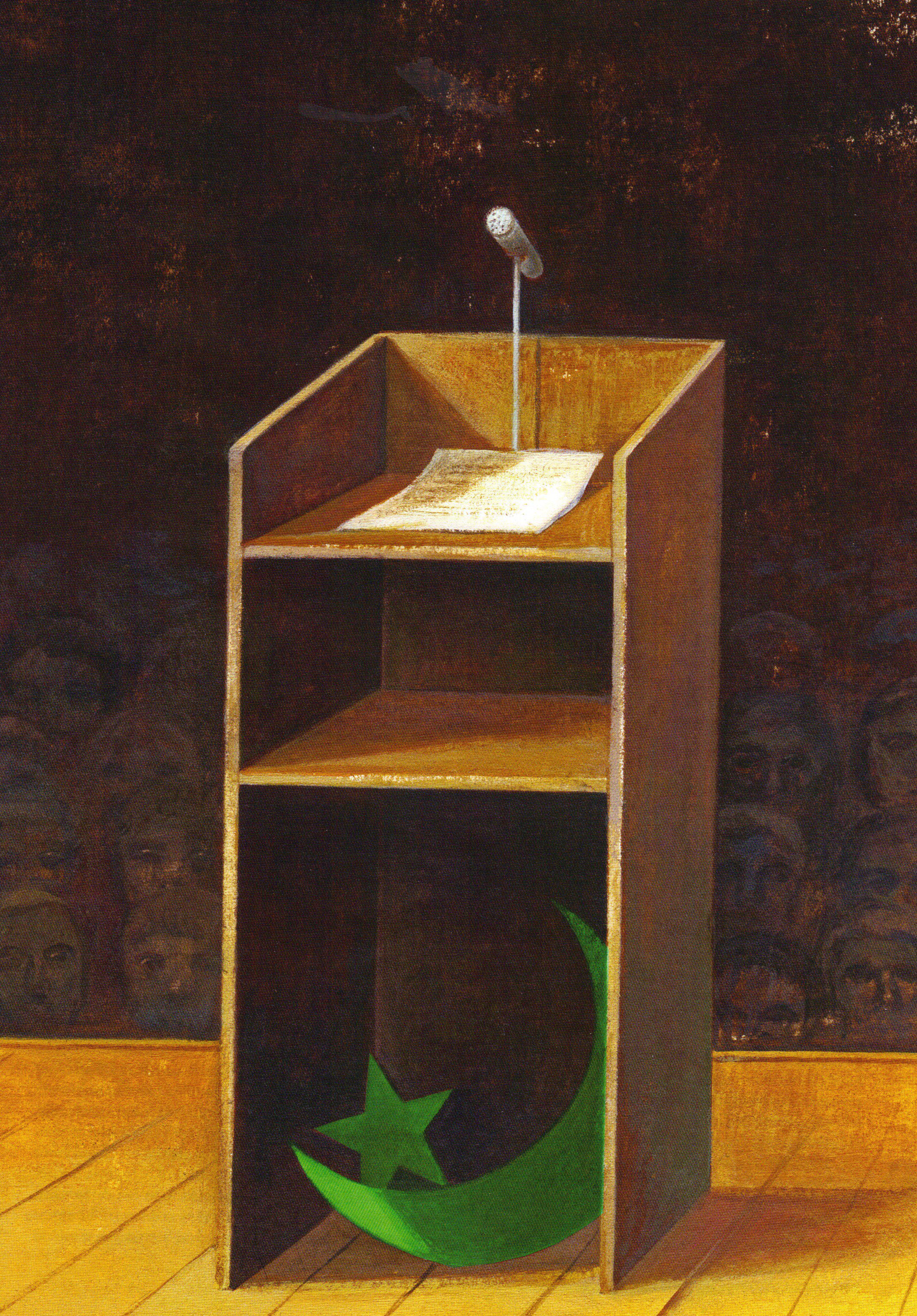Three Tales From the Trenches
Andy Barrie says FCUK you, Paul Watson gives chase in Somalia and Moira Farr almost gets gored
Compilations. For Rolling Stone it means “The Most Annoying Songs of All Time,” forCosmopolitan it means “Funniest Sex Stories Ever Told,” for LIFE Magazine it means “Photos of the Year” and for New York Magazine it meant “Tales of New York.”
For years, journalists have written, shown, spoken about or organized the stories of others – tales of faults, jokes, achievements, tragic events or interesting facts. Essentially, the idea is to show a wide range of stories, pictures or facts to sensitize a common idea in the readers’ minds, to create a connection between the reader and the topic itself.
Publications like Cosmo have endless anthologies, simply because readers love them – they can relate to Suzie from Ohio’s story. For publications like LIFE, Toronto Life and New York Magazine, the issues present more of a story-telling, philosophical element. “Tales of New York” took stories from celebrities, writers and regular civilians about things endured in their city. Due to a resonating response, the magazine continued the series – readers wrote in saying that the series showed their city in a way that can almost never be captured through an in-depth investigation. They saw New York through the eyes of people just like them in scenarios that, although strange, were not surprising because they could shrug and know, “that would definitely happen in the city I live in.”
In the same sense, this mini-collection of tales is an attempt to show a human element of journalists that is all too rarely seen behind the 12-pt. typeface. Here are three of them:
ADNY!
Sex sells. When the French Connection first came to Toronto’s Bloor Street, many were unhappy with the idea of a store “in their neighbourhood” with its sign/logo exhibiting such dyslexic profanity: FCUK. Andy Barrie was then hosting CBC Radio’s Metro Morning, and had the franchise owner in for an interview, live to air. Among a midst of questions surrounding the harsh reputation the store was getting from those not so thrilled, Andy asked the female store owner “How would you feel if I opened a store across the street from your house with a sign that read CNUT?” Both the interviewee and Barrie’s producer were startled by his question and the suggestion young people were desensitized to profanity. His producer waved his arms and made throat-slicing gestures as the woman commented that the two words do not have the same connotation, while Andy suggested that to older generations they most certainly do.
How He Got That Picture
Click. The corpse is limp: Could he have been dead long? Click. Those bullet wounds on his legs: Did they shoot him in the street or at the crash site? Click. Maybe he’s only unconscious: Could he still be alive? Click.
It’s 1993. Toronto Star reporter Paul Watson is in Mogadishu, Somalia, after a U.S. Black Hawk helicopter was shot down. He blindly drove through the streets, attempting to find truth to the rumours that an American soldier was being dragged by a caravan of angry Somalians.
The image that emerged from the Click of Paul Watson’s camera was one that revealed a fragment of American Staff Sgt. William David Cleveland’s scrotum – a fragment identifiable enough that it meant Watson’s picture would never be published. At that point he had already pushed his luck. “If the Somalis didn’t kill us…then we risked getting cut down by attack helicopters that were trying to retrieve several American soldiers still missing in action,” Watson documented in his memoir Where War Lives.
But he still wanted to get a publishable shot even as he was racing from the scene where he had witnessed a riotous crowd dragging Cleveland across a dirt road – his limbs bound together like an animal being hung for meat, his lifeless body continuously blundered. Watson heard only silence as the car drove away. Only to be stopped. By Watson. He opens the door, and Click, catching snapshots of Cleveland’s body (waistline-up) and feeling the heated glares of the Somalians around him, the sensitivity of the moment, the memories of fellow journalists caught in crossfire. Because he went back, Watson is Canada’s only Pulitzer Prize-winning journalist.
Hipster Fail
In the 1980s Bruce Kuwabara was a hip, emerging Canadian architect. Queen Street West was a hip, emerging downtown hangout, a location for the cultured of Toronto. Needless to say, Moira Farr was in the presence of ultimate hipsterness when she was interviewing Kuwabara – who has since gone on to design Toronto landmarks like the Art Gallery of Ontario, the National Ballet School of Canada, the Centre for Addiction and Mental Health, and the Bell Lightbox – on a sidewalk outside of a Queen Street Café. Farr, who has contributed to numerous publications including The Walrus, Toronto Life, and The Globe and Mail, was interviewing Kuwabara about the state of public architecture at the time. “I was so very earnest as I posed my questions, and he was being so erudite in reply,” Farr remembers. They continued to talk, when the gust of wind picked up, and sent the umbrella from a neighbouring patio table into the air, over Kuwabara’s shoulder and nearly impaled Farr. Her face went through all stages of red as a waiter and the concerned architect hurriedly tried to lift the heavy umbrella against the wind and off her body. After settling, the interview entered a state of hysteria as both Kuwabara and Farr starting contagiously laughing, stopping for short breaths to regain composure, only to start again. “The funniest part was that I got it all on tape. Bruce thought it would have made a great story one day, he joked about headlines reading, ‘I was there the day Moira Farr died in a tragic patio-umbrella accident.’











































